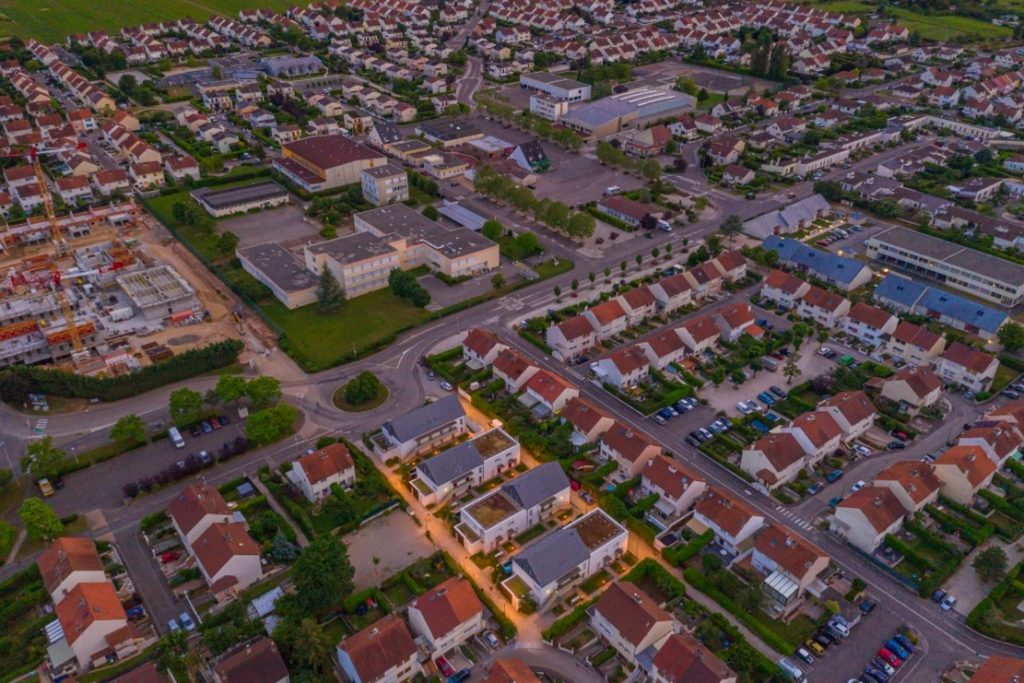Philip E. Goforth is a construction and commercial real estate professional in the Missouri area. In the following article, Philip Goforth dissects the ever-shifting trends within the realm of real estate development, navigates the intersections of population dynamics, cultural shifts, and economic factors, and illuminates the path towards a deeper understanding of the intricacies between demographics and the evolution of our built environments.
There are several factors that shape the current real estate landscape, but few are as impactful as demographic shifts. After all, as a population changes, so do the demographics of that area.
Demographics refer to the statistical data that describes any specific population’s characteristics. Age, gender, race, education, household income, and the rise of population are among the various major data points that directly affect property values and the demand for housing.
Investors can capitalize on emerging trends and gain a competitive advantage by understanding how past and current demographic patterns influence the real estate market.
Philip E. Goforth explains that demographic shifts have always greatly influenced real estate development trends, from the rise of mixed-use developments to the demand for senior communities.
Philip E. Goforth Discusses Demographic Shifts Reshaping the Real Estate Landscape
While some areas of commercial real estate are starting to normalize and shift back to the pre-pandemic era, there are yet some demographic forces in play that are driving change even further. However, opportunities come with change, which is why it’s essential for those working in real estate to stay updated about these demographic shifts in order to evolve and remain competitive.
The Rise of Millennials
Millennials, the generation between 1981 and 1996, are a significant driving force in today’s real estate market. Millennials are currently the biggest generational group in the United States, with a population of about 72.24 million. They have now surpassed Baby Boomers as the largest group in terms of generation.
Philip E. Goforth explains that many millennials have now started their families and are purchasing their first homes. They also have distinct preferences when it comes to property location, prioritizing affordable areas that have nearby schools and universities, a healthy job market, low crime rates, and a high quality of life.
Millennials also tend to believe that that large metropolitan areas have become too crowded, now preferring areas that are spacious and offer a more relaxed lifestyle, such as the suburbs. A recent survey found that over 45 percent of millennials are looking to purchase a house in the suburbs, a shift brought about by the expectation of continued work from home.
Lastly, millennials are also attracted to smaller, functional, and high-tech homes, which is why smart homes with modern amenities are especially popular among this generation.
The Re-Emergence of Mixed-Use Developments
Mixed-use properties refer to real estate properties that combine residential, retail, and other uses in one infrastructure or within walking distance. Philip E. Goforth explains that they provide residents with a “live, work, play” atmosphere.
Initially, mixed-use properties only combined living spaces with shops and restaurants, but recent developments have seen them start integrating office spaces as well. The NAR 2017 Community and Transportation Preference Survey revealed that 62 percent of millennials, 55 percent of the Silent Generation, and 45 percent of Baby Boomers and Gen Xers are looking to reside in walkable communities and prefer shorter commutes.
 The Demand for Senior Living Communities
The Demand for Senior Living Communities
Philip E. Goforth notes that senior citizens, or adults aged 65 years and older, account for 16.8 percent of the entire population of the United States. That’s about 55.8 million seniors.
Because of this, the senior housing sector has been seeing significant growth as the demand for senior communities continuously rises. Both independent living and assisted living properties are experiencing a huge increase in demand; over 70 percent and 80 percent, respectively.
The senior citizens today are mostly made up of Baby Boomers, the largest generation of real estate owners and wealth holders. Philip E. Goforth explains that whether they choose to retire in a senior community or stay in their own homes, their preferences will impact the real estate landscape.
The Permanence of Remote Work
Although remote work is nothing new, the significant shift to working from home started during the COVID-19 pandemic. Though office workers have since returned to the workplace, as much as 60 percent prefer to continue with remote work, according to a survey conducted by Hanley Wood.
Philip E. Goforth says that, as a result, prices for housing properties increased by 24 percent between 2019 and 2021, when high-income employees were willing to pay more for properties where they could conduct their business. Remote workers also prefer properties that have a dedicated work office, co-working spaces, and a stable internet connection.
As demographics change, so do real estate market trends. Philip E. Goforth maintains that real estate agents, investors, and developers must recognize the importance of staying updated with demographic shifts in order to stay ahead of the game.



 The Demand for Senior Living Communities
The Demand for Senior Living Communities


